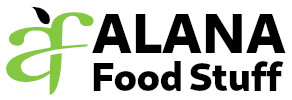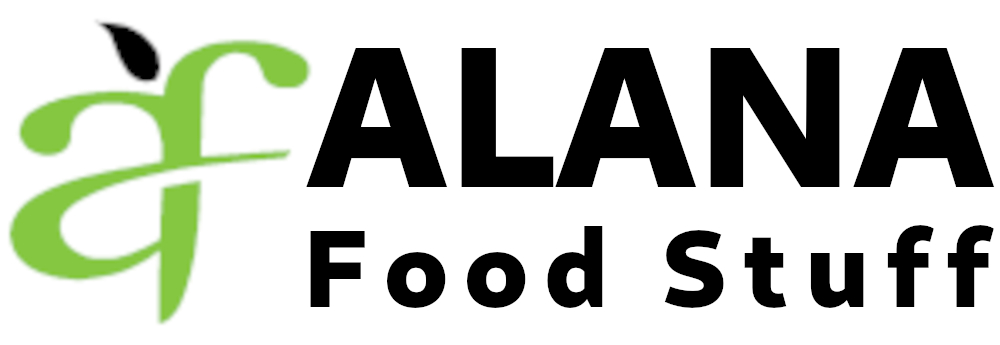The use of Triangle Chart Patterns in Day Trading
If price continues rising by at least 10% abovethe blue line, then the busting process would end at three busts. Otherwise, the stock can continue busting the triangle additional times by making tall swings above and below the chart pattern. The ascending triangle pattern is generally reliable, especially when confirmed by volume and other indicators, though no pattern is foolproof. In sideways or choppy markets, the ascending triangle may produce misleading signals, leading to suboptimal trading decisions.
What I mean by this is take a technician from the 1980s, you could say ascending triangle and they would know exactly what you are talking about. Price often approaches this level and bounces off until the breakout eventually occurs. Traders use various approaches to predict the future direction of a financial asset. One of the most common approaches is technical analysis, where they use various indicators to make predictions. When price moves no more than 10%, reverses direction and closes beyond the side opposite the breakout, it busts the chart pattern.
What is the best way to Trade an Ascending Triangle Pattern?
As mentioned, traders look for volume to increase on a breakout, as this helps confirm the price is likely to keep heading in the breakout direction. If the price breaks out on low volume, that is a warning sign that the breakout lacks strength. The bullish pennant is similar to a symmetrical triangle in appearance, but the Bullish pennant formation comes after a price increase. Since pennants have trend continuation character, the bullish pennant is likely to continue the bullish trend on the chart. When the upper side of the pennant gets broken upwards, we are likely to see an increase equal to at least the size of the pennant, and typically larger.
Unconventional Entry
- As with most chart patterns, triangles have specific rules that help traders place entry and exit points.
- Enter the trade when the breakout occurs with increased volume.
- When an ascending triangle pattern happens, the likely scenario is that the asset breaks out higher.
- A symmetrical triangle has a falling upper line that connects lower highs and a rising lower line that connects upper lows.
- However, in my experience, even with an ascending triangle, anything can happen in the market.
- In contrast, in the formation of an ascending triangle, volumes are minimal and can only increase when the upper resistance is broken.
Price climbed in a strong push higher, joining a market that was also making a straight-line run up. Waiting for a close above the top of the pattern before buying in the next day is the safer choice. The third edition of this bookEncyclopedia of Chart Patterns has a table in most chaptersdiscussing busted pattern performance. What is a funded trading account, how does it work, and how to get one? Learn everything you need to know about funded accounts and how they work in this guide. The Japanese yen remains under pressure, trading near a five-month low against the US dollar.
The ascending trading pattern proves beneficial even for those new to trading, as it is easy to interpret. However, in some cases, the support line will be too strong, and the price will bounce off of it and make a strong move up. The point we are trying to make is that you should not be obsessed with which direction the price goes, but you should be ready for movement in EITHER direction. In the event of a breakdown, the target is the size of the candle added to the breaking point.
If you’re going to use triangle patterns, make sure you take positions only after you confirm a breakout in the price action of the security in question. Buyers eventually lose patience and rush into the security above the resistance price, which triggers more buying as the uptrend resumes. The upper trendline, which was formerly a resistance level, now becomes support. They can be either a continuation pattern, if validated, or a powerful reversal pattern, in the event of failure.
The upper trendline must be horizontal, indicating similar highs, forming a resistance level. The lower trendline rises diagonally, indicating higher lows as buyers increase their prices. More purchasing occurs as the buyers eventually lose patience and rush into the security above the resistance price as the uptrend resumes. Once acting as resistance, the upper trendline is now acting as support.
When price closes above the top of the triangle at C, it busts the triangle for the first time. Price continues to move higher to D, but that move is less than 10% above the blue line.Price reverses and drops to E. Notice that E is below the red line which highlights the bottom of the ascending triangle. Measure the height of the triangle and add it to the breakout point to calculate the target price. External market factors, such as news events or economic data, can ascending triangle pattern influence price movements, leading to unexpected reversals even when the pattern suggests a continuation.
- The head and shoulders pattern will have one swing top, higher than the rest in essence acting like a false breakout.
- Support occurs where a downtrend is expected to pause due to a concentration of demand, while resistance occurs where an uptrend is expected to pause due to a concentration of supply.
- The stop loss is set a little lower within the triangle according to risk management rules.
- The area of resistance forms the upper, horizontal line of an ascending triangle pattern.
- Volume provides crucial insights into the strength of price movements and market sentiment.
Trading Strategies
These types of triangles have one flat horizontal side, and one sloping side, which is moving toward the flat horizontal side. The Ascending and Descending Triangle patterns are a mirror image of each other. They are identified as Ascending or Descending depending on which side is the flat horizontal side, and which side the slope is on.
In a well-defined ascending triangle pattern, the price bounces between the horizontal resistance line and the lower trendline. Trading the ascending triangle chart patterns with volume as an indicator can enhance the accuracy of identifying breakouts and potential reversals. Volume provides crucial insights into the strength of price movements and market sentiment.
What are Triangle Patterns?
The risk of loss in trading commodity interests can be substantial. You should therefore carefully consider whether such trading is suitable for you in light of your financial condition. As you can see, it seems like there is indecision between buyers and sellers. Because the price was previously in an uptrend, the arrangement suggests that the price will break out higher.
In this guide, we’ll explain what ascending triangle patterns are and how to trade them. Volume plays a crucial role in confirming the validity of an ascending triangle breakout. A breakout with high volume suggests strong buying interest, increasing the likelihood that the price will continue to rise.

